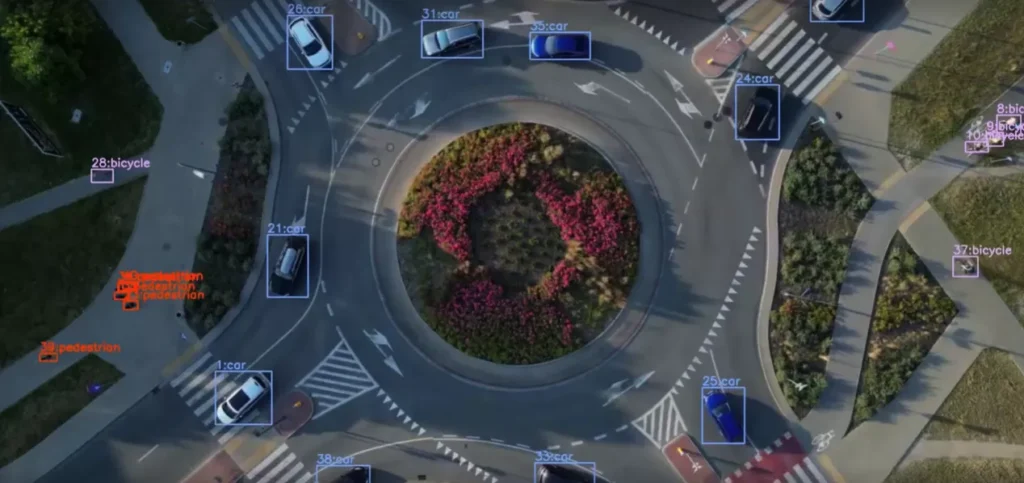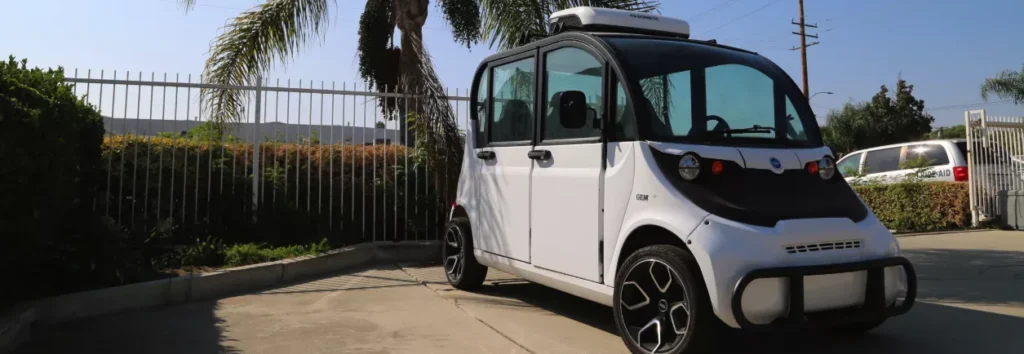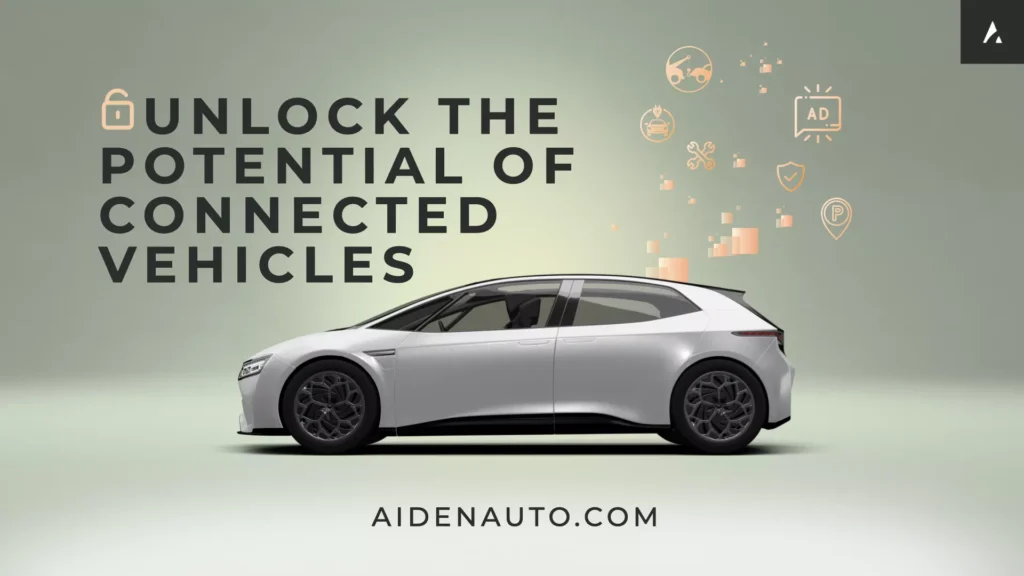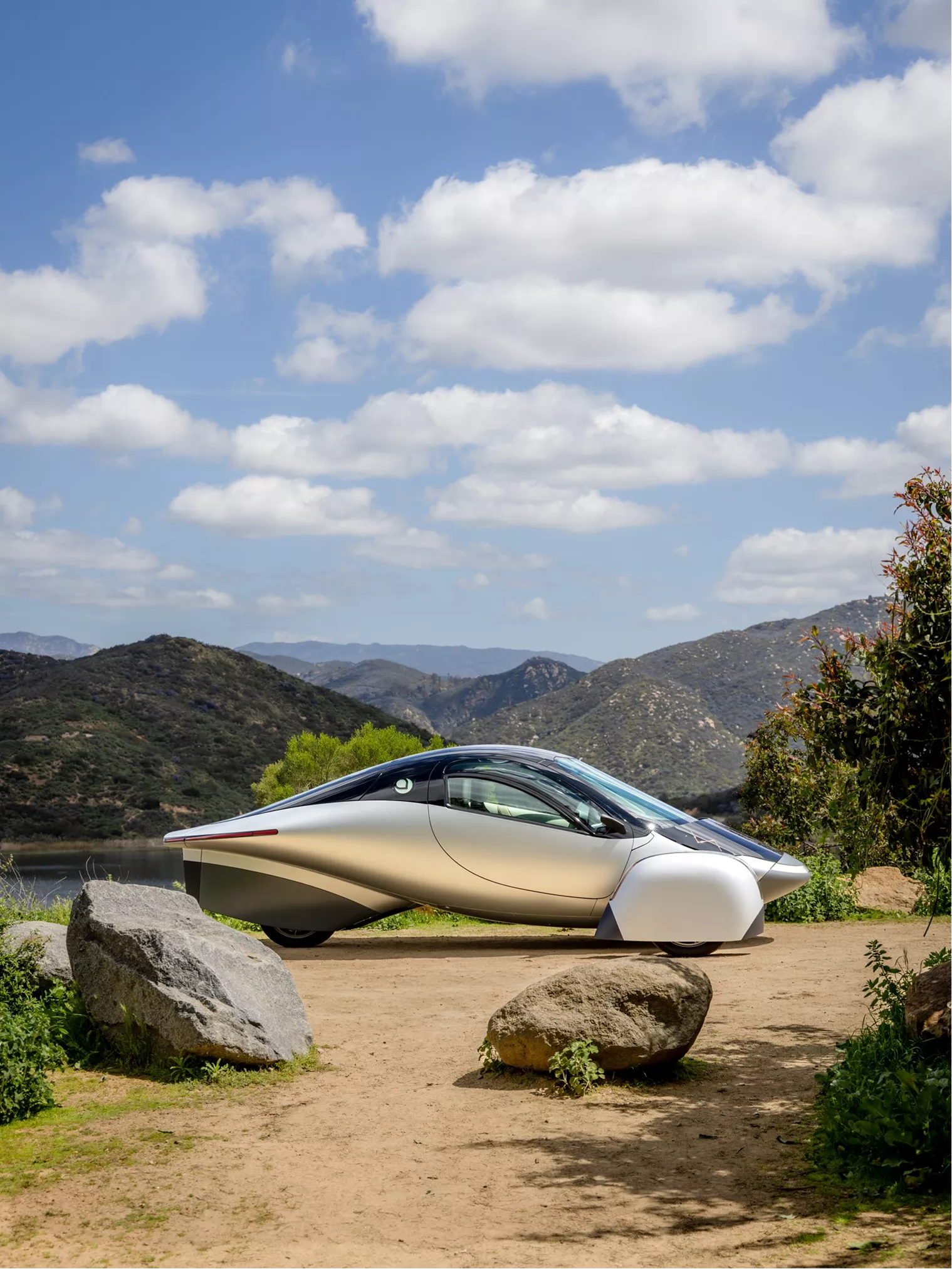










From EVs and batteries to autonomous vehicles and urban transport, we cover what actually matters. Delivered to your inbox weekly.
At the recent EUCAD Conference in Ispra, Italy, the message was clear: Europe’s autonomous mobility ambitions are still far from market readiness. Despite decades of research, no European developer currently offers an autonomous driving stack on par with leading U.S. or Chinese platforms.
But while the performance gap remains, the will to close it is growing, and the demos on display suggest Europe is preparing to compete on its own terms.
The absence of a Europe-built, commercially viable AV stack was a shared concern among attendees. U.S. players like Waymo and Cruise, and Chinese platforms like WeRide, are operating real fleets. Europe, in contrast, remains stuck in the prototype phase.
Key pain points:
Still, Europe’s edge may come not from first-to-market speed, but from systems integration, safety compliance, and public trust.
Several companies and research groups showed working AV systems, mostly in controlled environments:
Wayve (UK) ran live demos of its Ford Mustang Mach-E with full autonomy in German urban traffic.
Navya Mobility (France) showcased its Evo shuttle, preparing for its third-gen launch later this year.
Verne (Croatia) debuted its two-seater robotaxi, with an autonomy stack supplied by Mobileye. Commercial deployment is planned across the EU and Middle East.
DLR (Germany) presented its modular U-Shift concept: a drive-by-wire skateboard that carries cargo or passengers depending on the capsule attached.
FZI (Germany) ran demos of its autonomous Audi A6 Avant.
AIDA (Italy) and Vicomtech (Spain) brought research prototypes, including an autonomous Fiat 500e and a modified Toyota Prius.
DAF Trucks displayed a Level 4-capable electric truck developed under the EU MODI project.
Despite technical progress, the gap between demos and deployment remains wide.
What’s lacking:
Instead, most projects rely on outside autonomy layers (Mobileye, Nvidia Drive), which creates strategic dependency and reduces Europe’s ability to shape the AV value chain.
Rather than push for aggressive commercial timelines, Europe may choose to focus on:
With safety, public trust, and regulatory approval moving slowly, a phased rollout anchored in commercial and public transport sectors may be more realistic than jumping straight to ride-hailing.
Europe’s AV ecosystem isn’t broken, it’s just cautious, fragmented, and underfunded. The EUCAD demos showed technical promise but also exposed a fundamental truth: without an integrated autonomy stack and a unified go-to-market strategy, Europe will remain a follower in the global AV race.